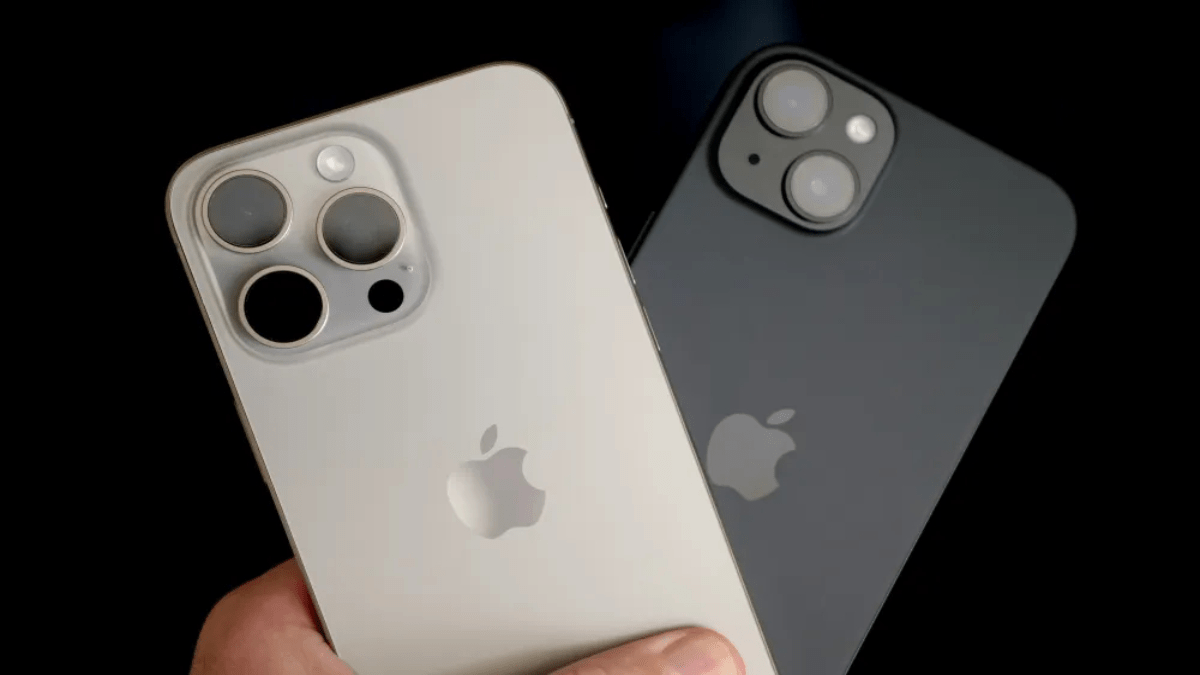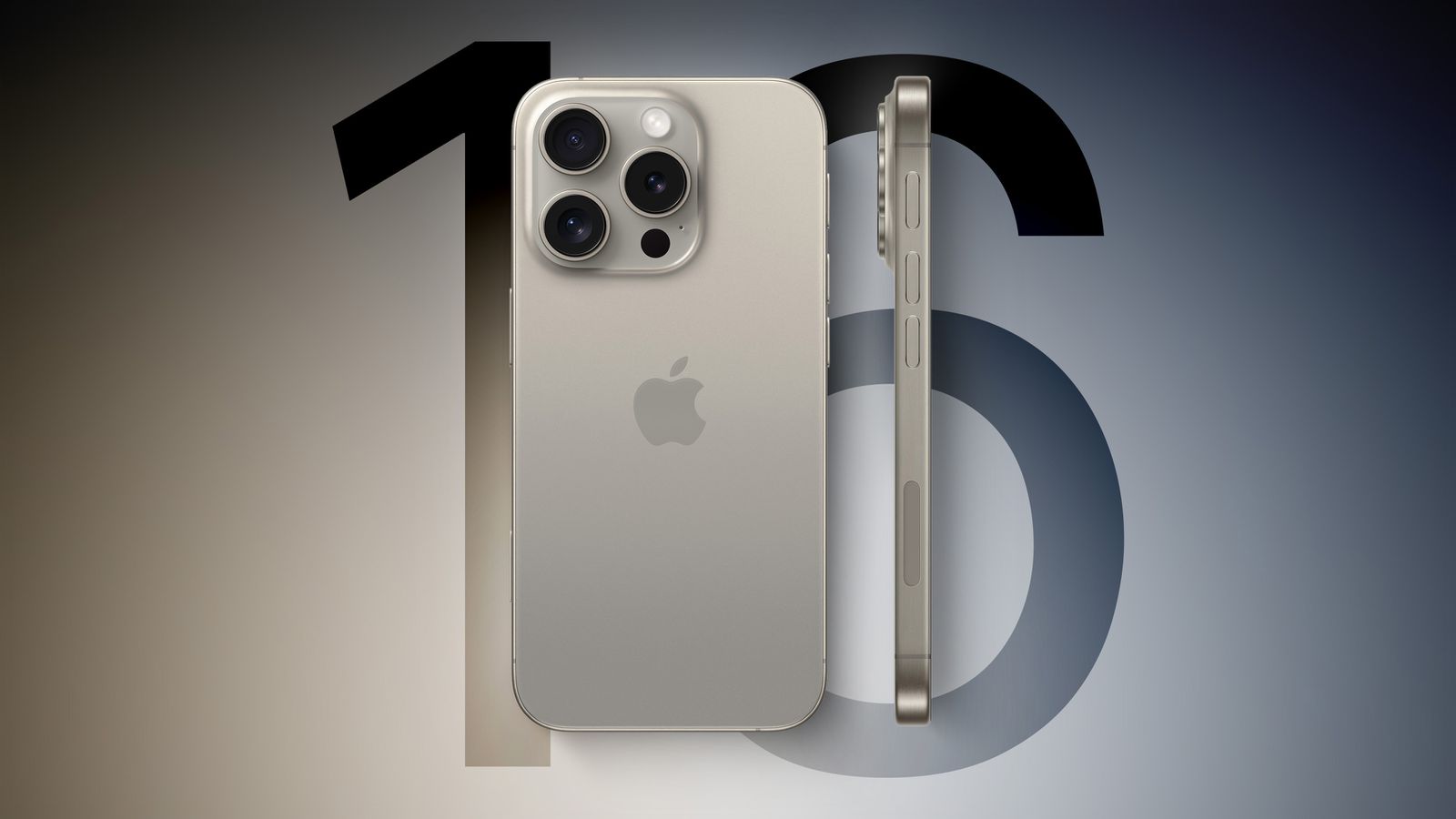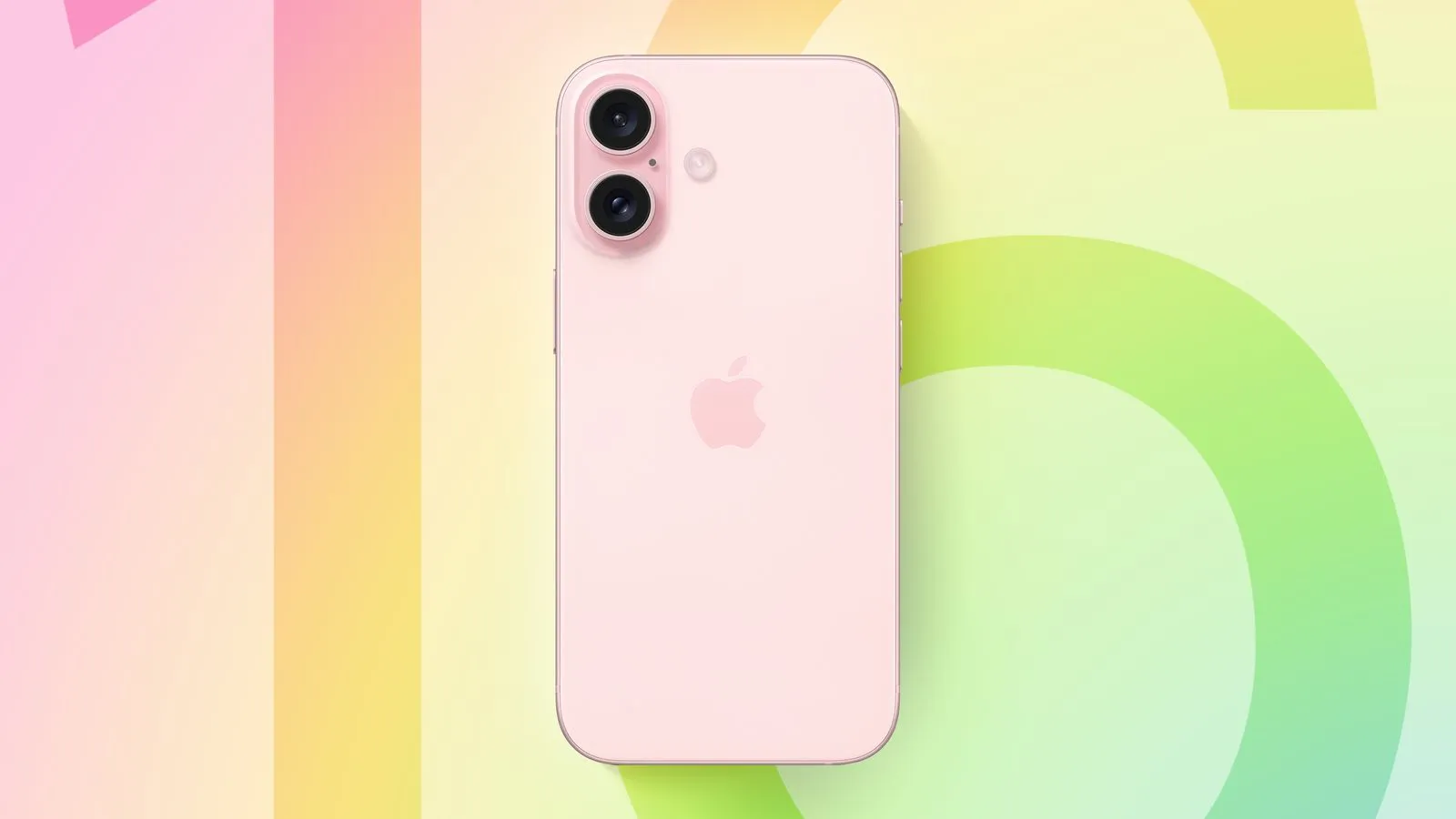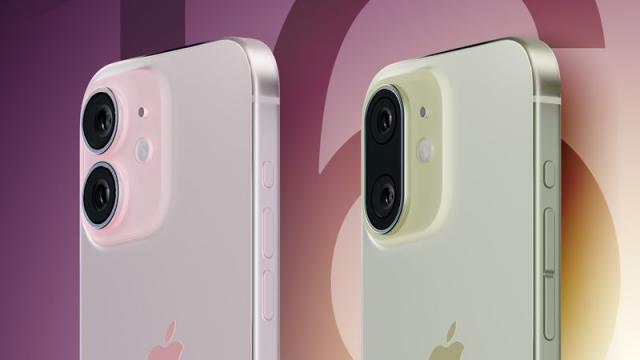
Advertisement
The launch of the iPhone 16 series is just around the corner! Apple is set to unveil the new models at their “It’s Glowtime” event on September 9, 2024. These new phones will replace the current iPhone 15 and iPhone 15 Pro.
The iPhone 16 is rumored to bring some major updates and improvements compared to its predecessors, making it a highly anticipated release. We’ve compiled all the latest news, leaks, and reports about the upcoming iPhones to keep you in the loop. Let’s check out what’s in store!
iPhone 16: release date
Apple has officially scheduled its next big event, called “It’s Glowtime,” for September 9, 2024. At this event, we’re expecting to see the debut of the iPhone 16 series, the Apple Watch Series 10, and possibly other new products.
In the past, Apple has opened preorders for new phones on the Friday morning right after their announcement, with the official release coming the following Friday. So, if the announcement is on September 9, preorders would likely start on September 13, and the phones would become available for everyone on September 20.
Apple is hoping for a major boost with the iPhone 16. After experiencing a 10% drop in iPhone sales earlier this year, they’re counting on the new models to turn things around. This boost might come from new features introduced in iOS 18, which the iPhone 16 is expected to showcase.

iPhone 16 price range
While many expected the iPhone 15 models to see a price hike, the only noticeable increase was for the iPhone 15 Pro Max. This model now starts at $1,200 for the 256GB version, and Apple has eliminated the 128GB option. So, while the Pro Max did get more expensive, the other iPhone 15 models did not see significant price changes.
Despite high component costs for the iPhone 15, Apple managed to keep prices steady. However, this might not be the case for the iPhone 16 series in 2024. There could be a small price increase across all iPhone 16 models, but exactly how much more we might pay is still unclear.
iPhone 16: design
The upcoming iPhone 16 lineup will feature some major design changes, especially for the standard iPhone 16 and iPhone 16 Plus models.
Earlier rumors hinted at three different design prototypes for the iPhone 16, but recent leaks suggest that we now know the final look. Apple is moving away from the diagonal camera arrangement that’s been in place for several years. Instead, the iPhone 16 and iPhone 16 Plus will adopt a vertical, pill-shaped camera island. This design is reminiscent of what we saw on the iPhone X but will be slightly larger to accommodate the new lenses and sensors.
The iPhone 16 lineup is shaping up to bring some notable changes, particularly with the iPhone 16 Pro and iPhone 16 Pro Max models. While the iPhone 15 Pro designs will remain relatively similar, the new iPhone 16 Pro models are set to have even slimmer bezels—potentially even narrower than the Samsung Galaxy S24. Leaks suggest that the iPhone 16 Pro will have bezels around 1.2mm and the iPhone 16 Pro Max slightly slimmer at 1.15mm.
One major change expected is a new capacitive Capture button, which will replace the physical button seen on previous models. This button will be flush with the phone’s frame and likely serve as a camera shutter button, possibly customizable for other functions. It might also support touch-based gestures, allowing for various actions. This button is expected to be useful not only for the built-in camera but also for third-party camera apps.
Recent leaks have also shown that the iPhone 16 Pro case has larger camera cutouts, hinting at a new, larger 48MP Sony IMX903 sensor that could replace the current 12MP ultrawide camera. Additionally, the wireless antenna will be relocated to accommodate the new capacitive button, and the Action button on these models might be larger than on the iPhone 15 Pro.
Dummy units of the iPhone 16 series, used for making accessories, confirm some of these design changes. The leaked photos show both the Action and Capture buttons across the entire lineup, suggesting that the Capture button might be available on all models, not just the Pro versions as previously rumored.
The placement of the Capture button also raises the possibility that Apple might remove the physical SIM card slot entirely in favor of eSIM, following the U.S. trend with the iPhone 14.
Color options for the iPhone 16 lineup are expected to include five choices for the iPhone 16 and iPhone 16 Plus: white, black, blue, green, and pink. These colors are anticipated to be more vibrant than those of the iPhone 15. The iPhone 16 Pro and iPhone 16 Pro Max will reportedly come in four colors: white titanium, black titanium, natural titanium, and a new bronze color dubbed “desert titanium,” replacing the blue titanium from the previous model.
Finally, Apple is upgrading the microphones in the iPhone 16 lineup to improve audio clarity, which should enhance Siri’s ability to understand and respond to voice commands. This upgrade is in line with the anticipated generative AI features in iOS 18.

iPhone 16: displays
The iPhone 16 series is set to introduce some changes in display sizes, especially for the Pro models, while the standard iPhone 16 versions will retain their current sizes.
For the iPhone 16 Pro, the display is expected to increase from 6.1 inches to 6.3 inches, while the iPhone 16 Pro Max will grow from 6.7 inches to 6.9 inches. This size increase for the Pro models will allow Apple to incorporate a larger telephoto camera lens, enabling the 5x optical zoom feature first seen in the iPhone 15 Pro Max. The current 6.1-inch iPhone 16 Pro’s design couldn’t accommodate the tetraprism lens due to space limitations, but the new 6.3-inch size will make it feasible.
Apple is also working on reducing bezels across the board, with significant improvements expected for the Pro models. A new display technology called Border Reduction Structure (BRS) is set to minimize the black borders around the screen, providing a sleeker look.
In addition to the bezel reduction, the iPhone 16 displays may become brighter and more power-efficient, thanks to new microlens technology used in the OLED panels.
Looking ahead, the iPhone 17 series is expected to feature LTPO OLED panels across all models, including the base versions, which will support ProMotion and always-on screens. However, the base iPhone 16 and iPhone 16 Plus will likely stick with a 60Hz refresh rate display.
As for production, the OLED screens for the iPhone 16 series are set to enter mass production after Apple gives the final approval. The iPhone 16 Pro Max’s OLED screen is still undergoing adjustments and might not receive final approval until late June. The panels will be produced by three suppliers: Samsung Display will handle all four iPhone 16 models; LG will supply panels for the iPhone 16 Pro and iPhone 16 Pro Max; and BOE will provide panels for the iPhone 16 and iPhone 16 Plus.
iPhone 16: specs
For the base iPhone 16 and iPhone 16 Plus models, Apple is expected to introduce the A17 chip, though it might not be the same high-performance A17 Pro chip found in the iPhone 15 Pro and iPhone 15 Pro Max. Instead, Apple could opt for a more cost-effective version of the A17 for these standard models.
Analyst Jeff Pu suggests a different possibility: that Apple might name the new chips the A18 and A18 Pro. This would mean that all iPhone 16 models could feature a variant of the A18 chip, which would be a step up from the A17 and not seen as outdated.
There have been reports backing this idea from various sources, hinting that the iPhone 16 lineup might indeed use these new chips.
Regarding thermal management, overheating was an issue with the initial iPhone 15 models. To address this, Apple is rumored to be introducing improved cooling solutions. The base iPhone 16 models might use a graphene thermal system, which is known for its excellent heat dissipation properties. The iPhone 16 Pro, on the other hand, could feature a metal battery casing for better cooling. Currently, iPhones use copper for heat sinks, but graphene is more effective at conducting heat.
As for connectivity, while Apple has been working on its own 5G modem chips, these won’t be ready for 2024. Instead, the iPhone 16 Pro is expected to use Qualcomm’s Snapdragon X75 modem for enhanced 5G performance. The standard iPhone 16 will likely stick with the Qualcomm X70 modem that is currently used in the iPhone 15. Additionally, the iPhone 16 models might support Wi-Fi 7 technology, offering speeds up to 30 gigabits per second, potentially reaching 40Gb/s.
iPhone 16: cameras

